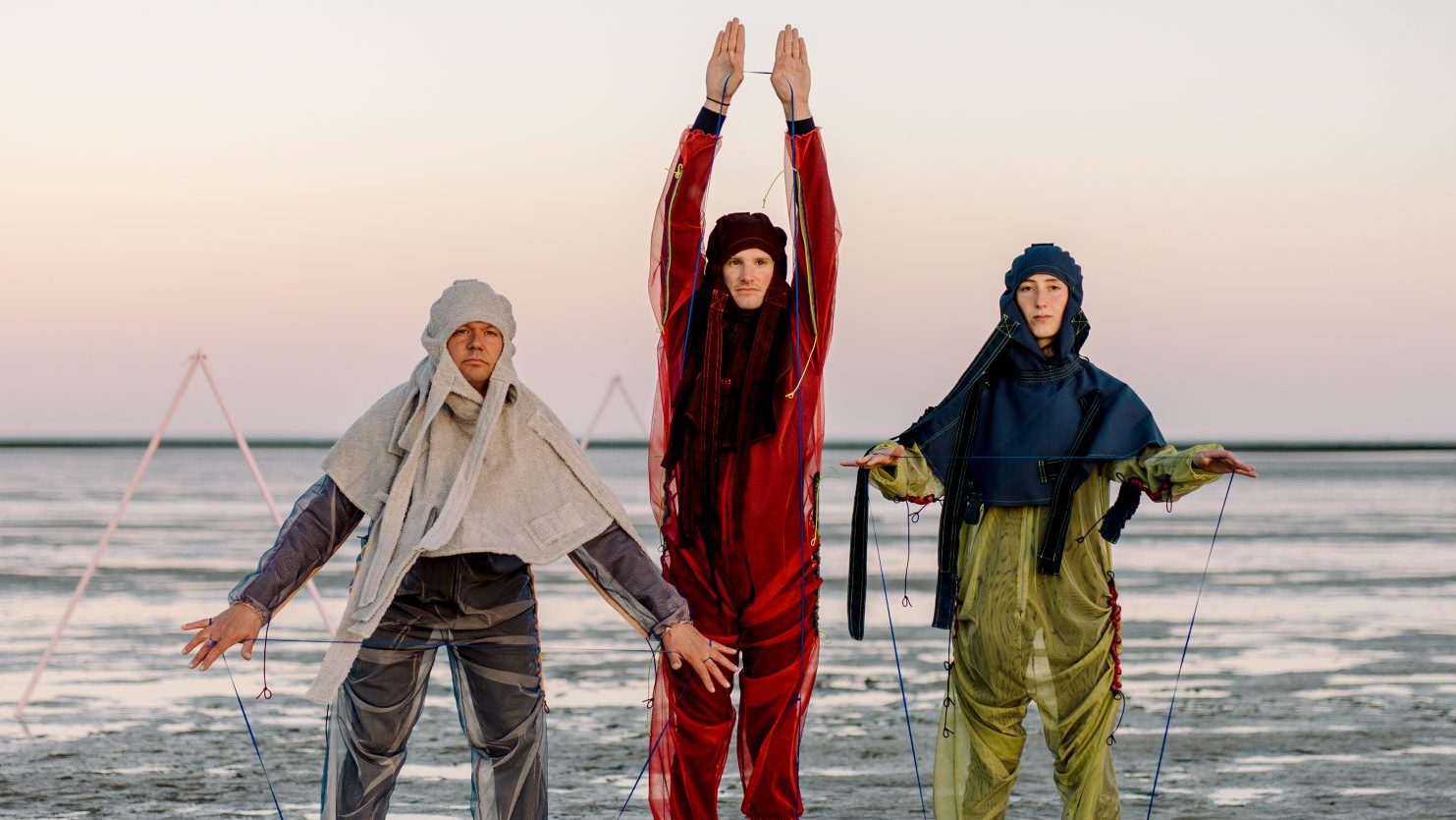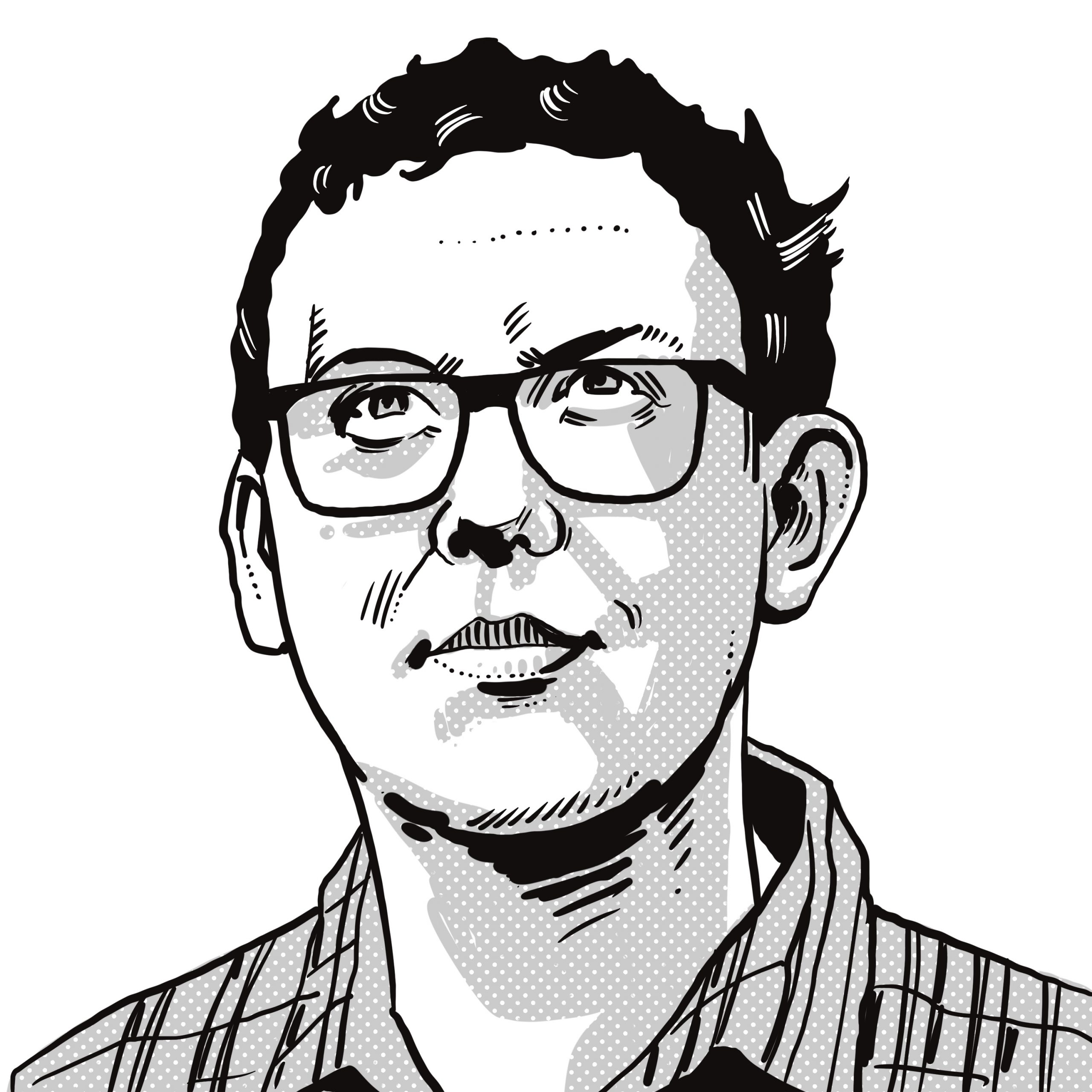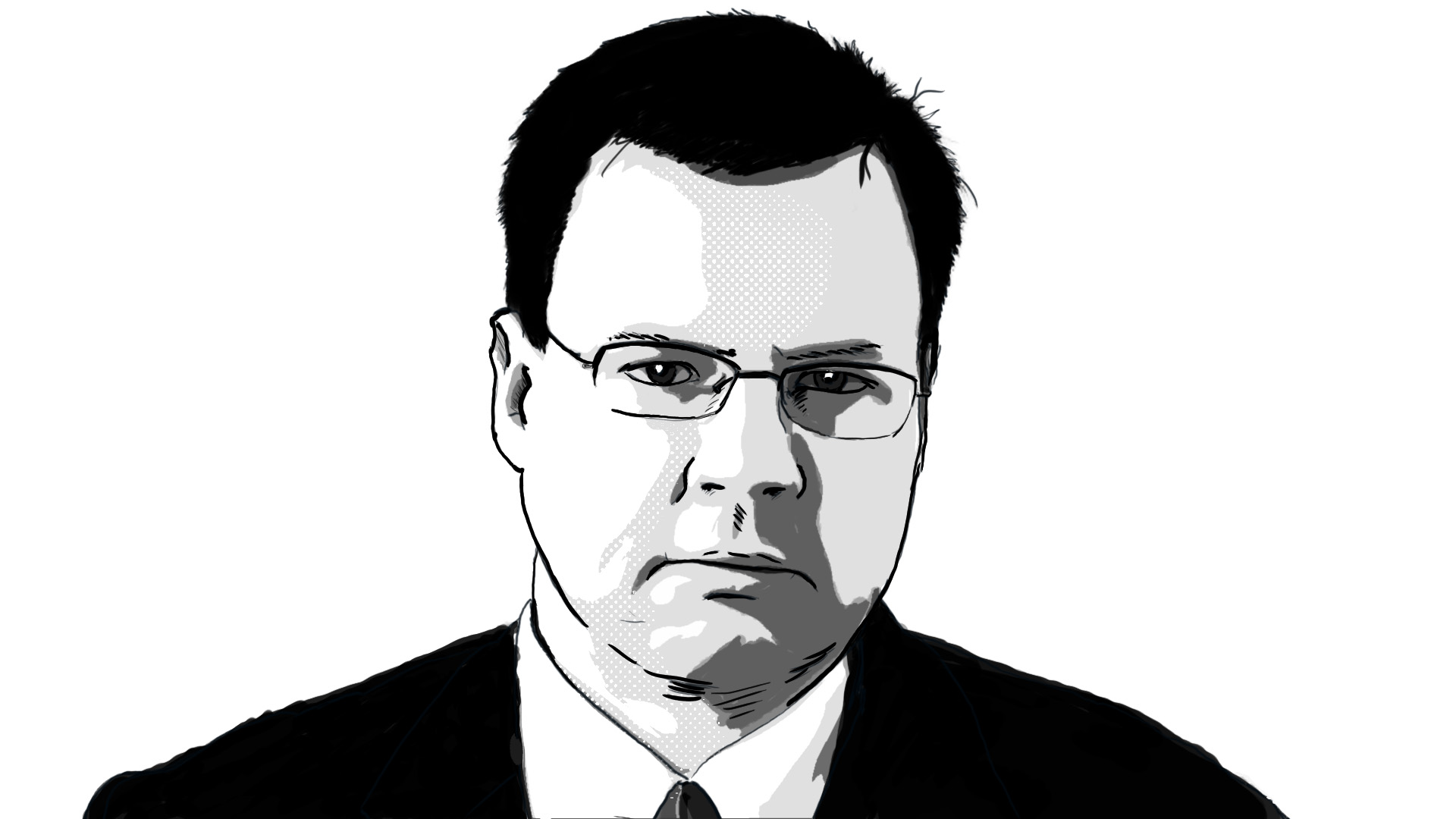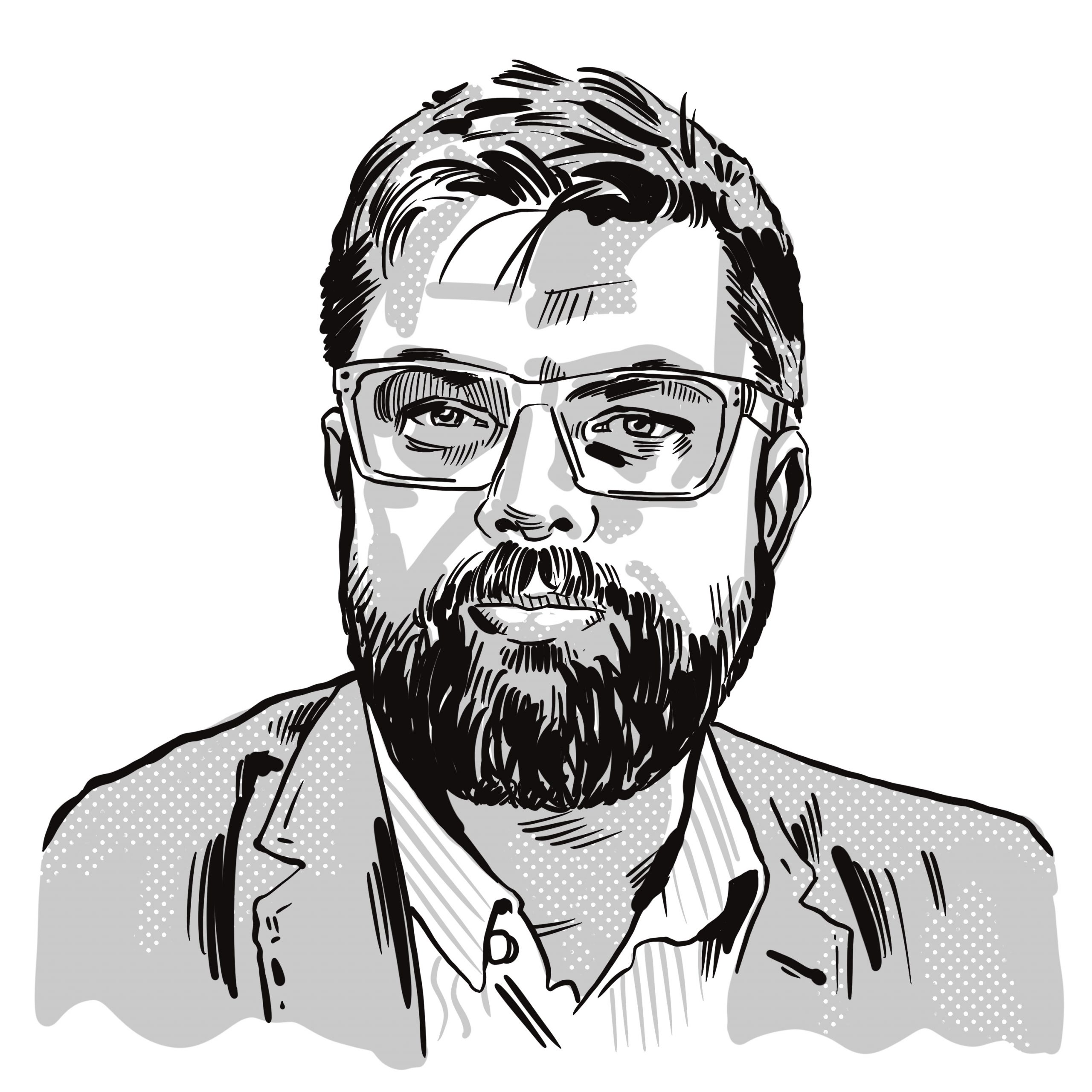“With climate change and associated sea level rise, the coast will continue to erode and it is not feasible to prevent the coast eroding in all places; it is however possible to seek to explore and adopt approaches that can support communities through this change…”
North Norfolk District Council, 2024
With a red-striped lighthouse, a sandy beach, 600 homes and a church, the North Norfolk village of Happisburgh is picture-postcard. But there’s one rather pressing problem. Slowly, surely, it is falling into the sea.
In 2024, Happisburgh (pronounced Haysborough) residents banded together to demand government help to stop the sea eroding the coastline that is swallowing up the beaches and destroying the cliff-top houses. The village is too small for regular government aid.
Happisburgh used to be some distance from the sea. As decisions are delayed, the North Sea continues to push into the crevices of the cliffs. Between 1600 and 1850, 250 metres of land was lost. Today, along the cliff line, many houses are gone. The words “climate change” are commonly used to sum up the problem but is it a man-made creation or natural erosion?
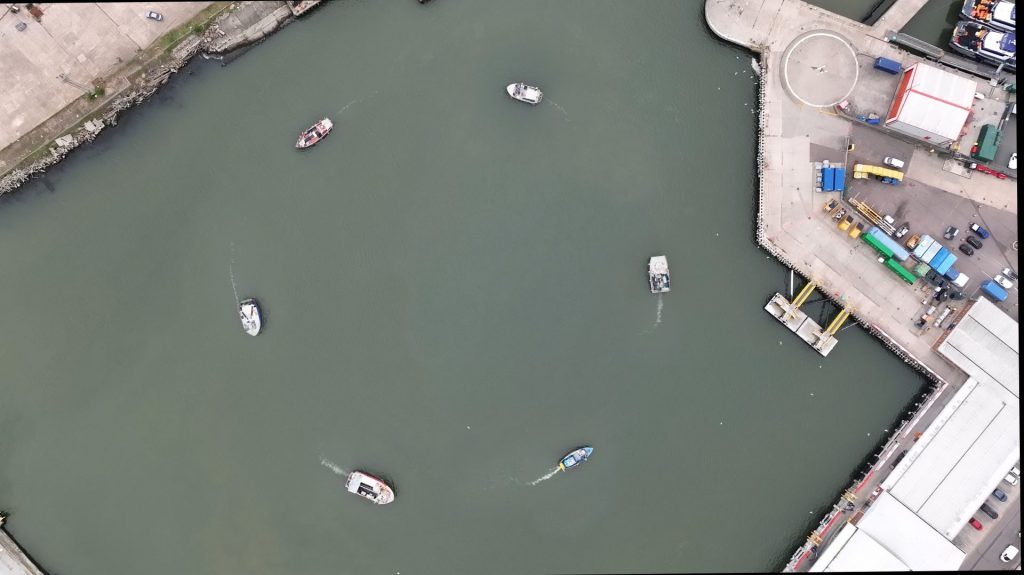
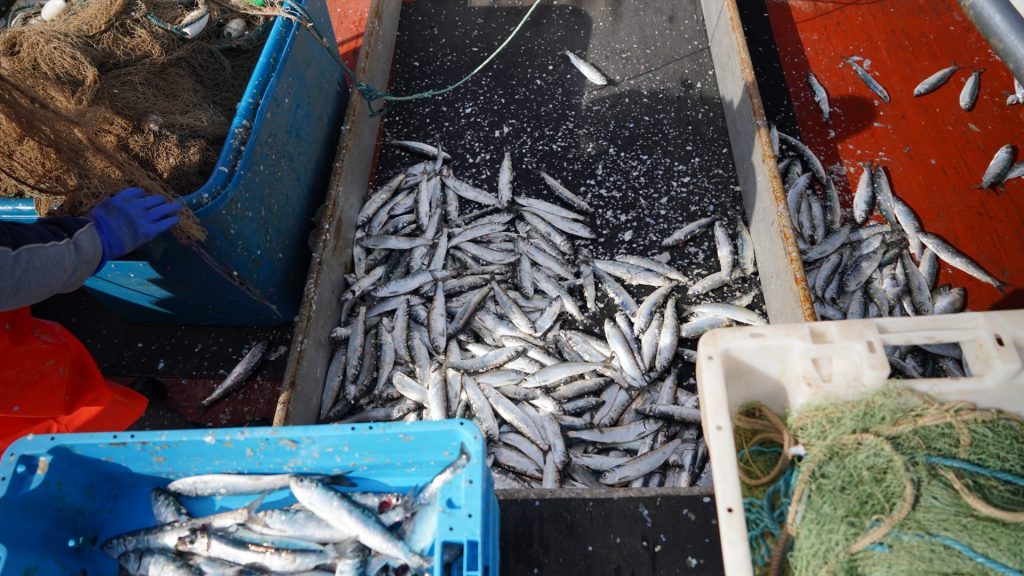

At Norfolk Record Office, in Norwich, the late 16th-century Yarmouth Hutch Map, painted on a cured and stretched sheep skin, maps the county’s coastline as the cartographer imagined it to be in the year 1,000 AD. It focuses on Yarmouth, the coast and a land mass with many water inlets. The record office also has a Dutch map of East Anglia, dated 1710 and showing a lot more water making inroads.
More than 300 years later, as land recedes on Britain’s east coast, countries facing the North Sea are researching inventive ways to live with the sea, turning the question round to focus on whether the sea can survive us.
In the Netherlands, the population is well aware that the sea is creeping in and around coastal lands. The Dutch have a saying: “God made the world but the Dutch made the Netherlands”.
For centuries, Netherlanders have built dykes and polders, windmills and dams, to stop the sea washing over the land because parts of the country are below sea level. It is a conflict the Dutch accept and embrace with a diversity of remarkable projects.
In 1916, the Netherlands suffered serious flooding with many lives lost. Action was taken. The remarkable Afsluitdijk, a 32-km dam (built 1927-1932) between North Holland and Friesland now protects the Netherlands from North Sea floods. In addition, it has created freshwater reservoirs made possible through land reclamation and water management.
At the Hook of Holland, where passengers and freight disembark from Harwich ferries, the Maeslant full flood barrier (built 1991-97) is barely noticeable when not in use but ready to rebuff high-sea tidal surges to protect Rotterdam. At Ramspol, near Kampen, an inflatable storm barrier – unique in the world – is raised when sea levels rise, to protect the coastline from flooding.
In Delft, the IHE Institute for Water Education, established in 1957 and the largest international graduate water education facility in the world, aims to educate on environmental resources and sustainable development. In climate science, Earth has passed its limit of the 1.5 degrees Celsius warming threshold. The oceans now have less oxygen and more acidity, devastating for marine life and humanity.
Now, solutions are required to prevent irreversible damage, particularly to countries that have insufficient water supplies. Many of the institute’s graduates are professionals from Asia, Africa and Latin America.
Practical projects in the Netherlands include filling in coastlines and building offices and cattle farms that will float if the sea overwhelms the land. The Sand Motor Project north-west of The Hague, has reclaimed a coastline that had eroded, creating a squeeze between sea and land in a densely populated area. So between 2011-2014, 11 million cubic metres of sand sediment, dredged from offshore, was deposited as beach nourishment, creating a stable beach surface.
Now, it has been left for the sea to do its work, shifting the sand, letting natural forces take their course through the tides. For the next 20, and possibly 30-40 years, the Sand Motor is a sustainable coastal management tool for the short and long term.
In Rotterdam, moored at Rijnhaven port, the Powerhouse Company + RED company has designed a floating office for the Global Center on Adaptation. It is the largest floating office in the world. It has a public restaurant Putaine – floating weightlessly – part of a self-sufficient, carbon-neutral building that will float, not flood if climate change increases water levels. The value of floating offices and restaurants keeps companies in the city, while using natural resources.
In The Hague, the Urban Water Buffer at Cromvliet, has created a successful project for the underground storage and treatment of surface and rainwater collected from neighbouring apartment buildings. It gives a year-round supply of fresh water for communal gardens, allotments and an inner-city farm. It is one of many projects to make the Netherlands water-resilient and climate-proof.
At sea, the Dutch consortium North Sea Farmers cultivate seaweed, to harvest for food, animal feed and textiles. One of their clients is the Dutch company Forebel, which creates socks from cotton and seaweed extracts. It is an inventive use of a natural marine product that does not need soil, fertilisers or fresh water.
Back in East Anglia, at UEA’s Sainsbury Centre just outside Norwich, these achievements are being explored in A World of Water, the first of three interlinked exhibitions in a six-month season that considers the question “Can the Seas Survive Us?” Sainsbury Centre director Jago Cooper and his curators have interspersed objects from its permanent collection with international art created over the last 250 years. For A World of Water, Cooper and Ken Paranada, the Centre’s curator of art and climate change, travelled (sustainably, of course) to the Netherlands to visit artists’ studios.
In Rotterdam, the Dutch-born artist and designer Boris Maas links his work to concepts on global issues. They chose his sculpture The Urge to Sit Dry (2018-ongoing). This is a plain oak wood chair with small woodblock extendable legs that denote the rising sea levels. By how much is the question. Wherever it is exhibited the height will be different.
The work of Dutch-born graphic designer Anastasia Eggers also features. She explores commercial sea life, following the herring fishing industry in the east of England since the UK left the European Union. Her work highlights how herring, swimming in tightly packed shoals, do not recognise borders. Fish swim where they can find food.
One artwork Brexit Herring 01/02, 2023, shows a single circle of fish with one leaving, to connote the UK leaving the EU countries after Brexit. Is it signifying the consequent reality for British fishermen encouraged by the “Fishing for Leave” Brexit campaign?
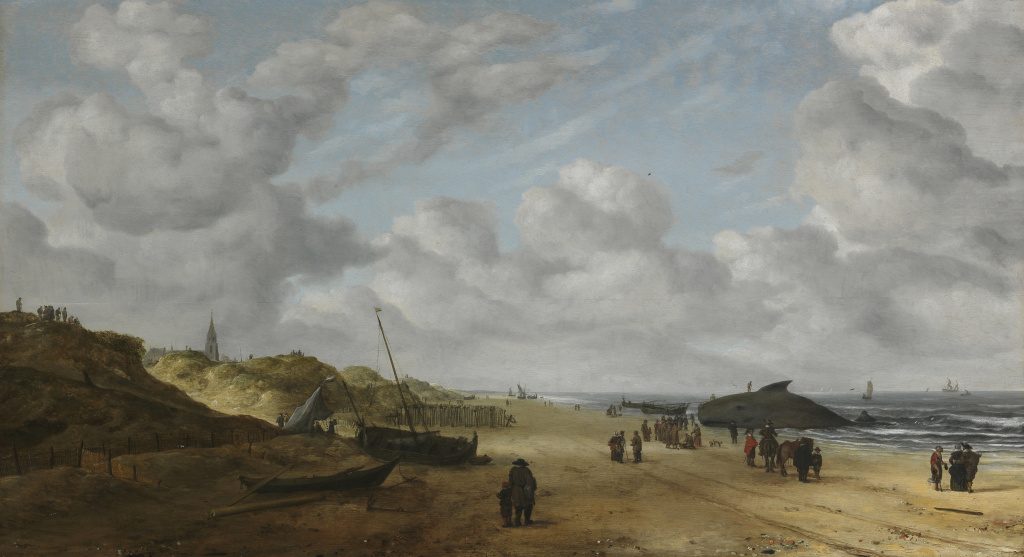
The Mesdag Museum in The Hague contributes a vast 360-degree artwork, The Panorama of Scheveningen (1881) by Hendrik Willem Mesdag (1831-1915). From a high viewpoint on a sand dune, Mesdag depicted a panorama of the long, sandy beach at Scheveningen close to the city with many fishermen’s boats pulled up from the sea after fishing for herring. Google ‘Scheveningen’ to see the herring boats gone – there is now a port – but the sandy beach still exists because the Netherlands has protected its priceless heritage. Will that happen in Happisburgh, Norfolk? The Sainsbury Centre exhibitions may answer this question.
Rosalind Ormiston is an art historian and author. The three Can The Seas Survive Us? exhibitions run at the Sainsbury Centre, University of East Anglia, Norwich until August 3 (A World of Water and Darwin in Paradise Camp: Yuki Kihara) and from June 7- October 26 (Sea Inside)

